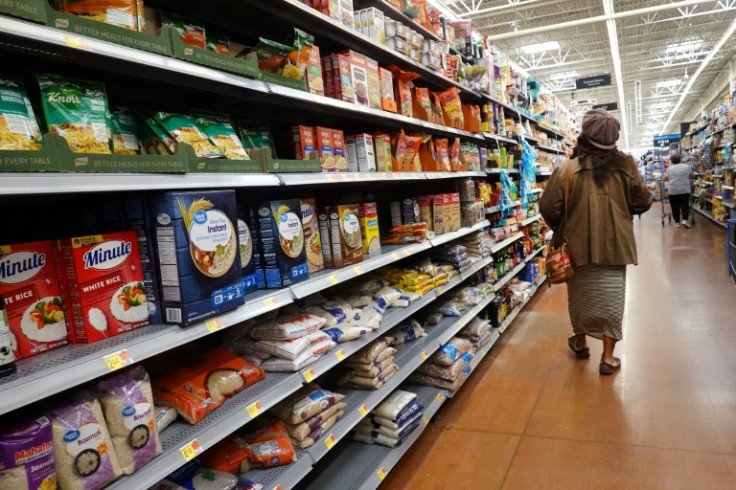
Inflation concerns for the U.S. economy have been reignited as wholesale prices surged unexpectedly in February, according to data released by the Labor Department's Bureau of Labor Statistics on Thursday. The acceleration in producer prices, coupled with recent consumer price increases, presents a challenge for policymakers grappling with how to navigate the country's economic trajectory.
The producer price index (PPI), a key indicator of inflation pressures at the wholesale level, rose by 0.6% in February, surpassing economists' forecasts of a 0.3% increase. This jump follows a 0.3% uptick recorded in January, indicating a sustained upward trend in wholesale prices. On a year-over-year basis, the headline index increased by 1.6%, marking the most significant move since September 2023.
The surge in wholesale prices was driven primarily by higher costs for goods, which saw a notable 1.2% increase in February, the largest rise since August 2023. Wholesale gas prices soared by 6.8% during the month, contributing significantly to the overall uptick in goods prices. Additionally, wholesale grocery costs experienced a substantial gain, rising by 1%.
Even after excluding volatile food and energy categories, "core" inflation remained higher than expected, with core wholesale prices rising by 0.3% in February. This core measure, which excludes the more volatile components and provides insight into underlying inflation trends, climbed by 2% compared to the previous year.
The latest inflation data poses a challenge for the Federal Reserve, which is set to convene next week to discuss monetary policy. The Fed, which has been closely monitoring inflation dynamics, faces mounting pressure to address rising price pressures while supporting economic growth. Many economists anticipate that the Fed will consider cutting its benchmark interest rate, currently at a 23-year high, in an effort to mitigate inflationary risks and stimulate economic activity.
Higher wholesale prices, particularly for gas and groceries, are expected to have ripple effects throughout the economy, potentially exacerbating inflation concerns. Persistently elevated inflation could pose a threat to President Joe Biden's re-election bid, as Americans grapple with higher living costs despite a recent decline in consumer inflation from its peak of 9.1% in 2022 to 3.2%.
In addition to the PPI report, other economic indicators released on Thursday provided mixed signals about the state of the economy. Retail sales rebounded by 0.6% in February, following a sharp decline of 1.1% in January, indicating a potential cooling of consumer demand. However, initial filings for unemployment insurance nudged lower, suggesting ongoing strength in the labor market despite inflationary pressures.
Looking ahead, economists and policymakers will closely monitor inflation data as they assess the need for further monetary intervention. The Fed's upcoming policy meeting will be closely watched for signals about the central bank's stance on interest rates and inflation management. With inflation remaining a persistent concern, policymakers face the delicate task of balancing economic growth with price stability in the months ahead.
As the U.S. economy grapples with the implications of rising wholesale prices and broader inflationary pressures, the path forward for monetary policy remains uncertain. Policymakers will continue to navigate a complex landscape marked by competing economic priorities, striving to strike a balance that promotes sustainable growth while addressing inflationary risks.







